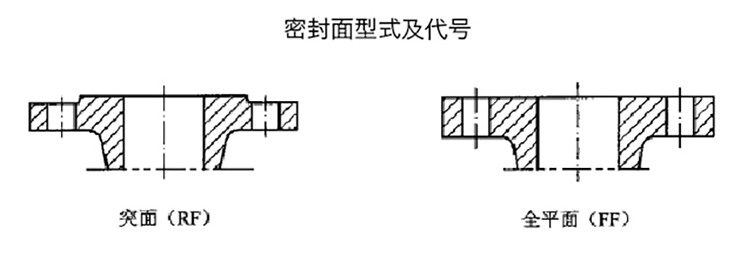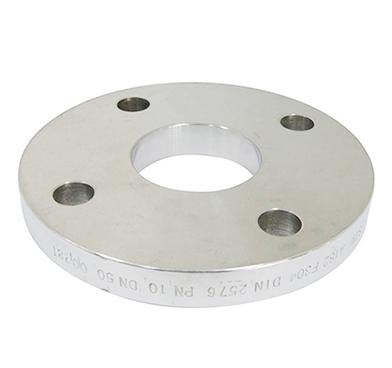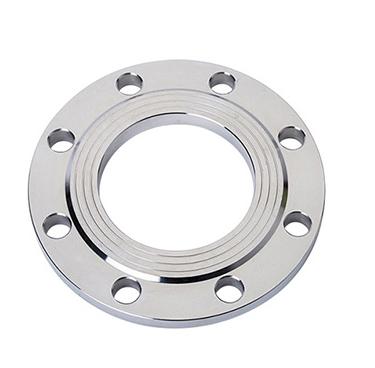There are seven types of flange sealing surfaces: full face FF, raised face RF, raised face M, concave face FM, tenon face T, groove face G, and ring joint face RJ.
Among them, full plane FF and convex RF are widely used, so they are introduced and distinguished in detail.
FF full face
The contact surface height of the flat flange (FF) is the same as the bolt connection line of the flange. A full face gasket, usually soft, is used between two flat flanges.
The flat face full face type sealing surface is completely flat, which is suitable for occasions with low pressure and non-toxic medium.
RF raised face
Raised face flanges (RF) are easily identified because the gasket surface area is above the bolted line of the flange.
Raised face type sealing surface is the most widely used one among the seven types. International standards, European systems and domestic standards all have fixed heights. However, in
American standard flanges, it should be noted that the height of high pressure will increase the height of the sealing surface. There are also many types of gaskets.
RF gaskets for raised face sealing face flanges include various non-metallic flat gaskets and wrapped gaskets; Metal wrapped gasket, spiral wound gasket (including outer ring or inner
ring), etc.
Difference
The pressure of FF full face flange is generally small, not exceeding PN1.6MPa. The sealing contact area of FF full face flange is too large, and there are too many parts beyond the range of
effective sealing surface. It is inevitable that the sealing surface will not contact well, so the sealing effect is not good. The contact area of raised face flange sealing surface is small, but it
only works within the range of effective sealing surface, because the sealing effect is better than that of full face flange.
Post time: Jan-05-2023







